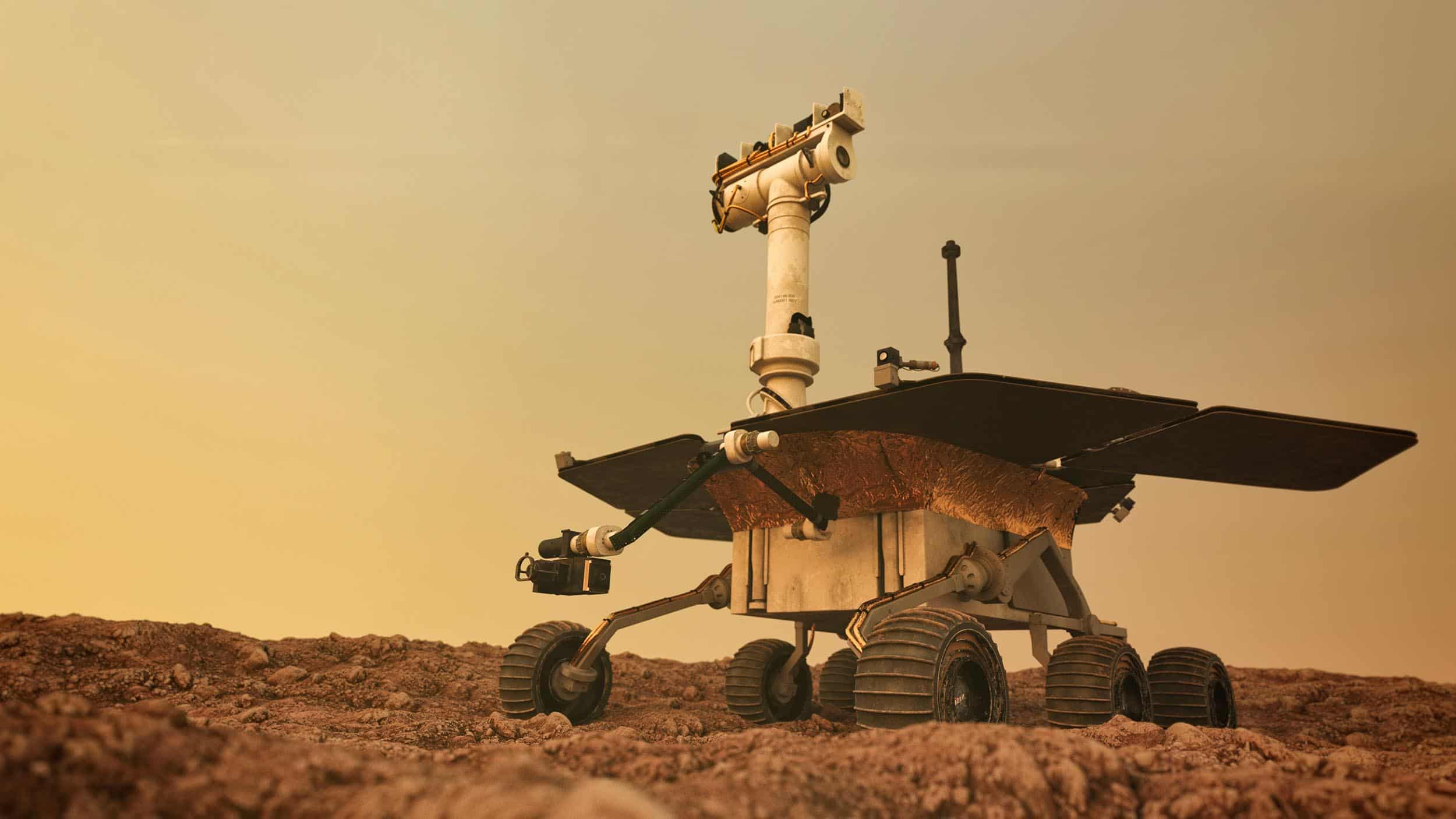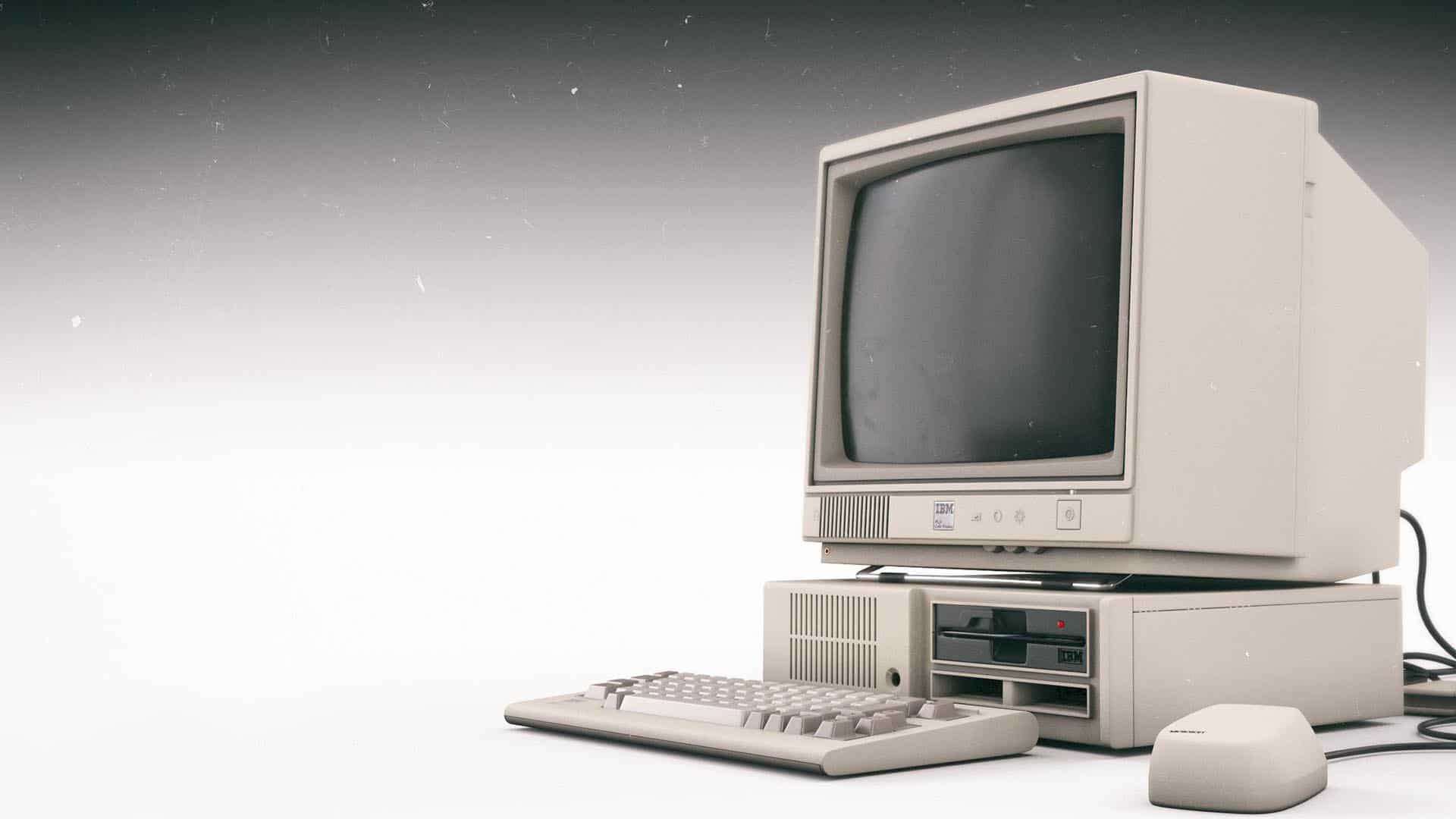3d Renderings 101 - What is a 3d Rendering?
3d perspective drawing has been around since the early Renaissance. Artisans used the same techniques for a little more than 500 years. Unfortunately for the Michelangelos of the world – what used to take days can now be achieved in minutes on a computer. This has revolutionized many industries. In fact, 3d renderings have become so prevalent, they are now expected by most clients.
The Mystique of 3d Renderings
Michelangelo himself would be wondering: “What is a 3d rendering?” For thousands of years 2d pictures were just fine. Pictographs were probably the earliest forms of human communication. And they still are widely used today. In fact, for a lot of things, 2d symbols are intentionally designed with basic shapes so you can recognize them quickly. Environmental graphics or wayfinding signage such as restroom or exit signs are a good example of this. They use the most minimal information and basic shapes so they are easily recognized. But when we add more information a picture can appear to have height, width and depth – it becomes 3d. 3d images have more information and take the brain longer to interpret or read. For example, a pyramid takes almost twice the lines required to draw a 3 sided triangle. In this way it is an optical illusion and it is this complexity that draws our human brain into 3d images.

Not your Grandma’s 3d
It took thousands of years for artists to develop the tricks that can make a 2d painting pop off the canvas in three dimensions. The computer rendering software packages we use today recreate these techniques to create photo real 3d renderings in much less time. In some cases now even real-time.
In the mid-1970s controlling rectangles in one vertical axis in a Pong game was the coolest. Today we have completely immersive real time virtual reality worlds. In fact, the 3d rendering technology has become so good that 3d renderings are so realistic you may not even know you are looking at a completely fabricated digital image.
What is a 3d Rendering?
So what is a rendering? How do you define render? The simplest render definition is: 3d rendering is the computer process of generating a digital image from a 3d model. 3d computer models are the wireframe geometry objects that contain attributes such as shape or geometry, color, reflectivity, transmittance, surface smoothness, and texture. Most 3d models can be translated between software using a variety of file formats. A 3d rendering can be produced from the 3d model by importing the file into rendering software. Lighting, shading, and environmental effects can be defined int he rendering software to produce a photorealistic rendering or animation.
There are 2 main types of 3d models. Polygon models are built by using simple shapes and polygons. These models use subdivision smoothing to approximate curves. This is generally fine for visualization models but this method isn’t 100% accurate. Engineering and computer-aided manufacturing industries use parametric models based on splines and curved surfaces derived from mathematical constraints. These models are what vectors are to raster images. Where raster images have a finite amount of pixel data – vectors have an infinite number of points on a curve – and can be interpolated based on the software instructions. These models are great for CNC machines and manufacturing but are typically overkill for the 3d visualization process.

The Invention of 3d Computer Graphics
The first computer drawn image was a scanned photograph projected on an oscilloscope screen in 1957. Many people were doing research and experiments with digital images, but it wasn’t until the 1960s that a graphic designer at Boeing in Wichita Kansas would come up with the phrase “Computer Graphics”. William Fetter was the first to create a 3d animated wire-frame human figure. These early computer graphics would soon be referred to as the “Boeing Man”.
At the same time Ivan Sutherland was working at MIT to create his software. Sketchpad I was the first graphical user interface that would allow the user to draw directly on the computer. Meanwhile, at the University of Utah, David Evans would develop standard shaders, texture mapping, and subdivision surface rendering. Eventually Evans & Shutherland would join forces. Today the company creates immersive 360 Planetarium displays and shows.
In 1967 the Special Interest Committee on Computer Graphics or SIGGRAPH was formed and an industry was born. SiGGRAPH now supports thousands of professionals and two annual conferences.
The Birth of Polygon Modeling
Long before the creation of Pixar, Ed Catmull was a Ph.D student at the University of Utah. In his Ph.D. thesis, titled “A Subdivision Algorithm for Computer Display of Curved Surfaces,” Catmull introduced a method for representing and rendering smooth curved surfaces using recursive subdivision techniques. The key idea was to start with a simple polygonal representation of a surface and then iteratively subdivide the polygons into smaller ones, refining the approximation of the smooth surface with each iteration.
This approach was a significant contribution to the field of computer graphics because it allowed for the representation and rendering of complex, curved surfaces on early computer systems, which were limited in computational power and memory. The concepts and techniques introduced in Catmull’s thesis laid the foundation for later advancements in computer graphics, including the development of more sophisticated subdivision surfaces and the use of similar techniques in various areas of computer graphics, animation, and 3d modeling.
Practical Applications of 3d Rendering
Many industries have used CAD and 3d modeling for decades now. Complex engineering and design software have been used in aeronautics and engineering since the mid-1970s. Complex fluid dynamics can be better simulated and solved with computer technology. Film and entertainment were quick to adopt the technology for special effects and animation. This led to the rise of video games in the early 80s. Computer-aided manufacturing, industrial product design, and architecture have been using CAD and 3d design software for decades. Other industries are starting to use 3d renderings in their process as well. Interior design and real estate developers and brokers now use VR 3d rendering to create virtual tours to sell properties. Retail and eCommerce are starting to use 3d virtual products to enhance the shopping experience. And medical imaging is converting from 2d xray to 3d imaging. This will only continue as the 3d rendering technology progresses.

Getting started with Free 3d Rendering Software
3d rendering services are getting more and more popular. Interested in learning 3d rendering? Want to be a 3d artist? Getting started with 3d modeling and rendering is easier than ever. Today there are so many resources and free 3d rendering software you can use to get started. You can learn free 3d modeling software with Youtube tutorials. There are 2 widely used free 3d software packages that you can download and learn right now. If you want to be a professional 3d artist you should get started learning these free 3d programs.
SketchUp is popular with architects because it can quickly produce sketch style drawings. If you want to work for an architect rendering architecture and building 3d architectural visualization models, SketchUp is a good place to start. SketchUp has limited 3d rendering capabilities but you can add on render engines if you want to use more advanced materials and lighting.
For those with ambitions of being a VFX artist or want to work for a film and animation studio, Blender is the software for you. Blender was created as an open-source free alternative to expensive professional 3d software. It is most similar to an expensive software suite you’d find in a production setting. In the last decade, Blender has become such a good tool that it’s now being used in some of those pro production houses. The “blender style” 3d rendering is recognizable and quickly becoming a trend in the industry.


